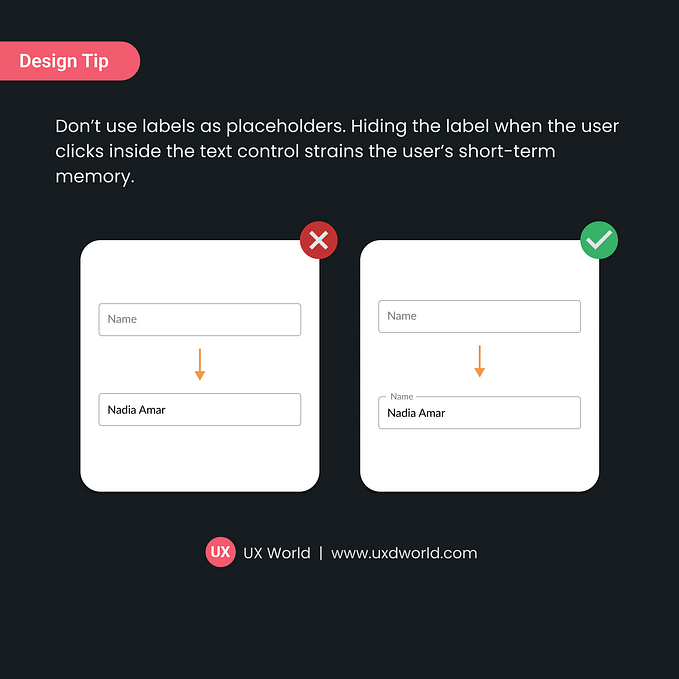Member-only story
The principle of chunking: what Airbnb taught me about good design
Want to learn one of the principles that Airbnb uses to delight its customers — something that’s founded on hard science and that you can use in your designs? Then read on.

Recently, when I was using Airbnb, its design made me appreciate the principle of chunking in UX design. It demonstrates how to use chunking to delight customers: Airbnb breaks down relevant information on the website into small, easy-to-digest pieces, making it palatable for the users so they can find their desired choices easily.
Chunking is a concept that has roots in cognitive psychology. The term was introduced in 1956 by George A. Miller, a luminary in the field. In his paper, Miller asserted that human memory is limited to around 7 (plus or minus 2) pieces of information and suggested breaking down or organizing different kinds of information into chunks for people to easily remember what they see.
The above figure shows how a designer follows the principle of chunking. As the name implies, chunking means the grouping of information into familiar, manageable units called “chunks”. Designers do this so the content or information they chunk can be easily processed and remembered by anyone who encounters it. For example, a chunked phone number (+1–234–567–8901) is easier to remember (and scan) than a long string of non-chunked digits (12345678901).
Take a look at the image below, where an old phone book proves its designers got the principle of chunking right. A major design challenge of compiling a phone book is that it has to list many numbers on each page. However, because these are chunked, users can find contact numbers fast and read these easily.

From a UX standpoint, when designers break up content into small, distinct chunks — rather than drown users’ eyes in an undifferentiated sea of atomic items of information — their output has several advantages, such as:
- A user interface (UI) which is easily organized, creating a good…





